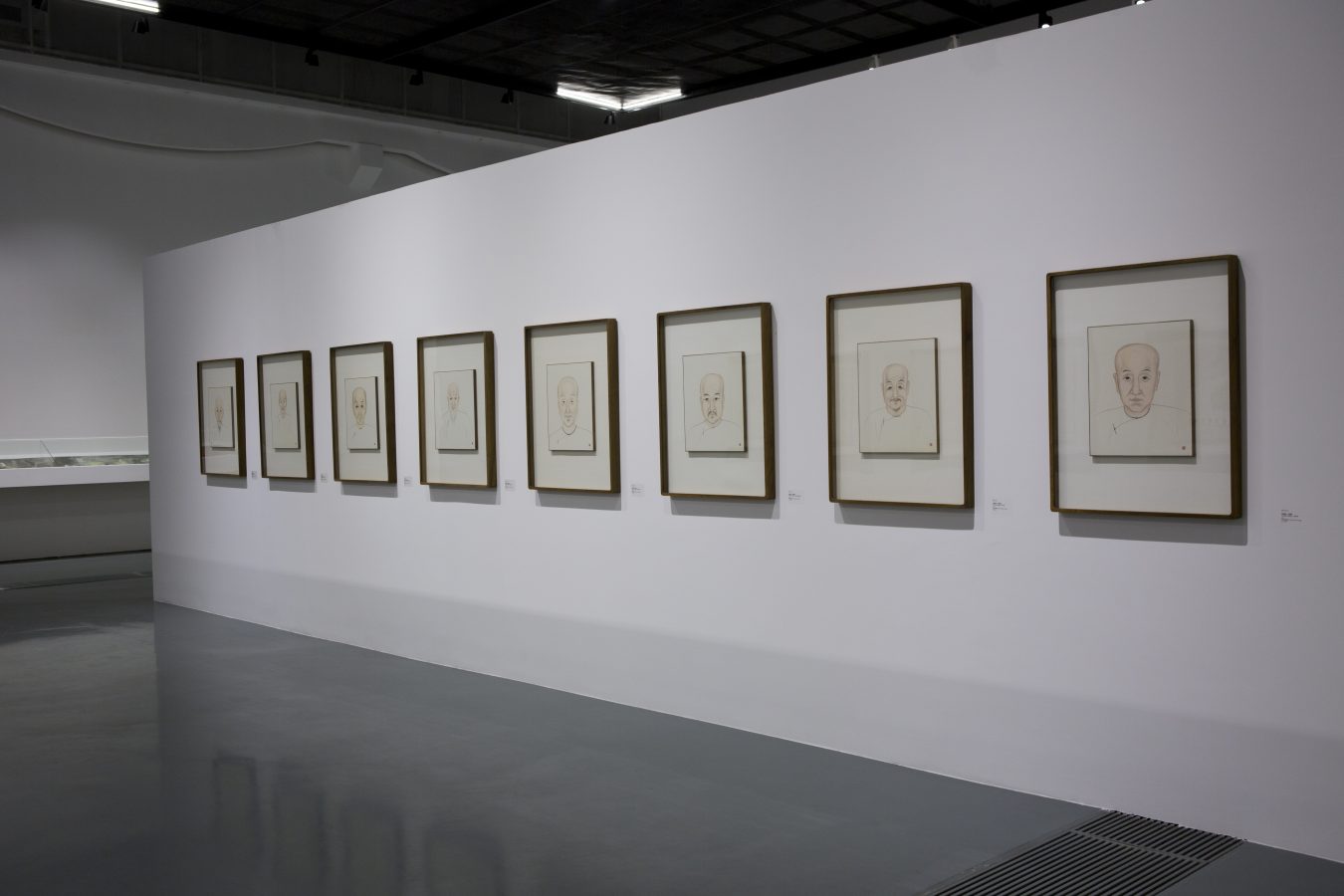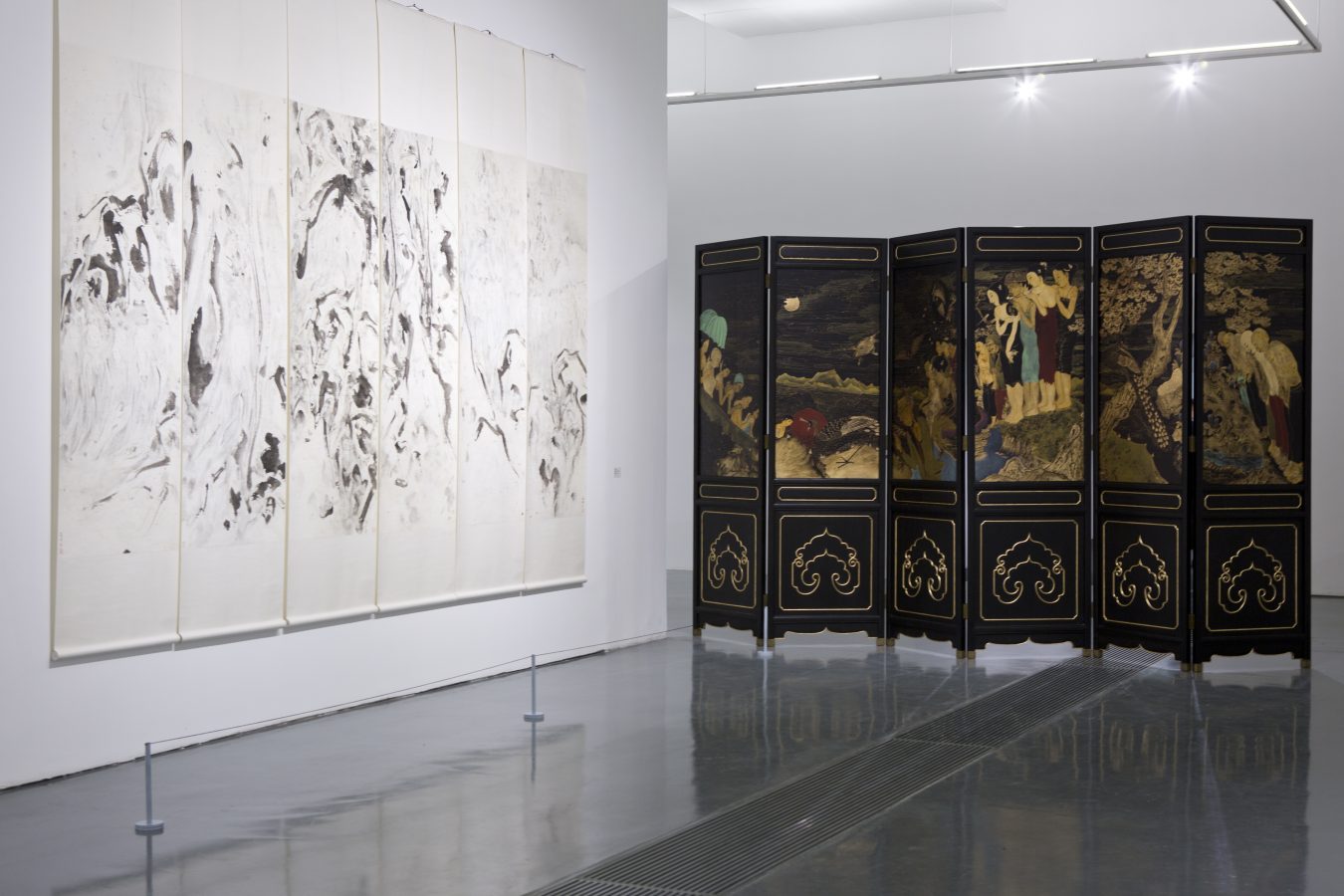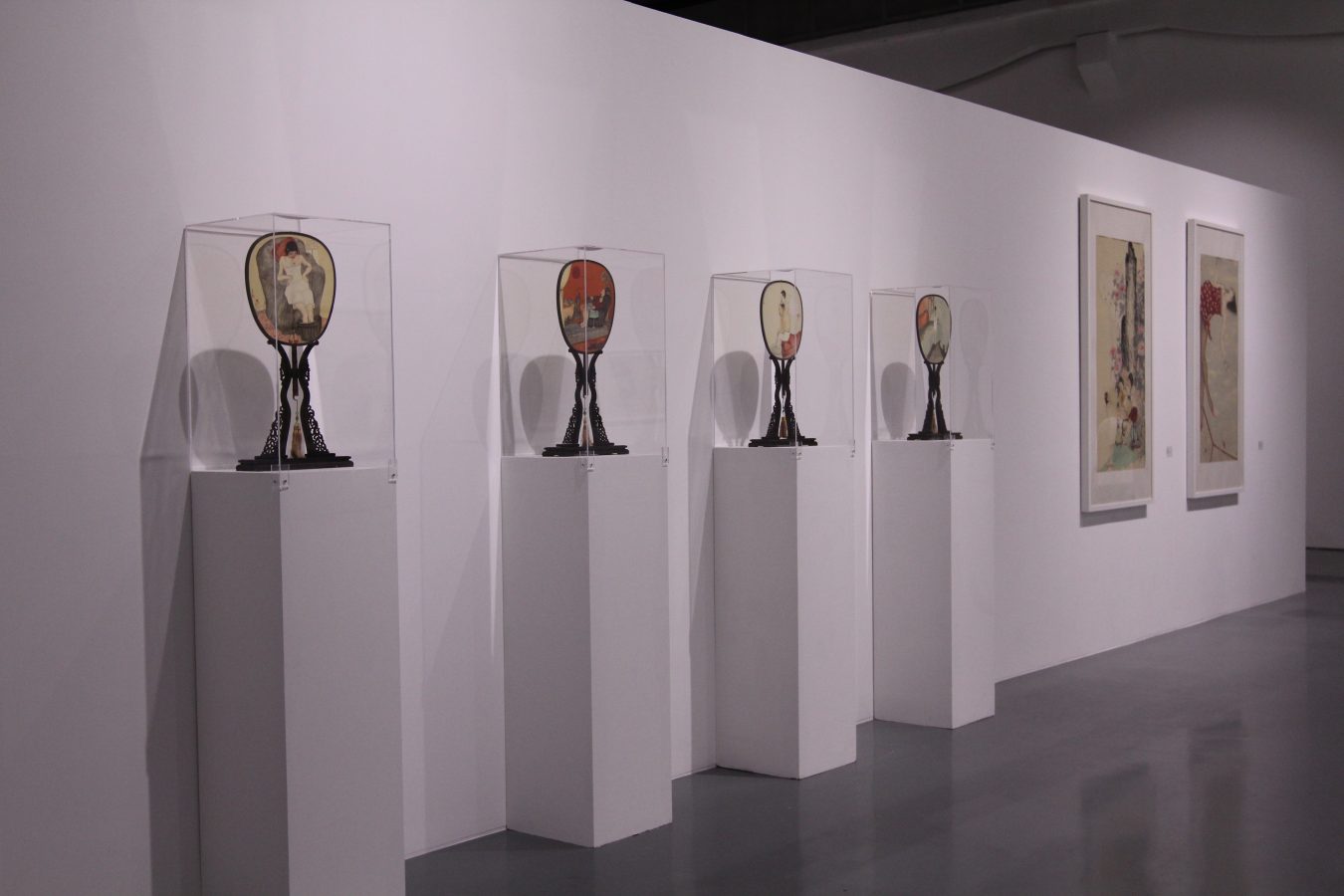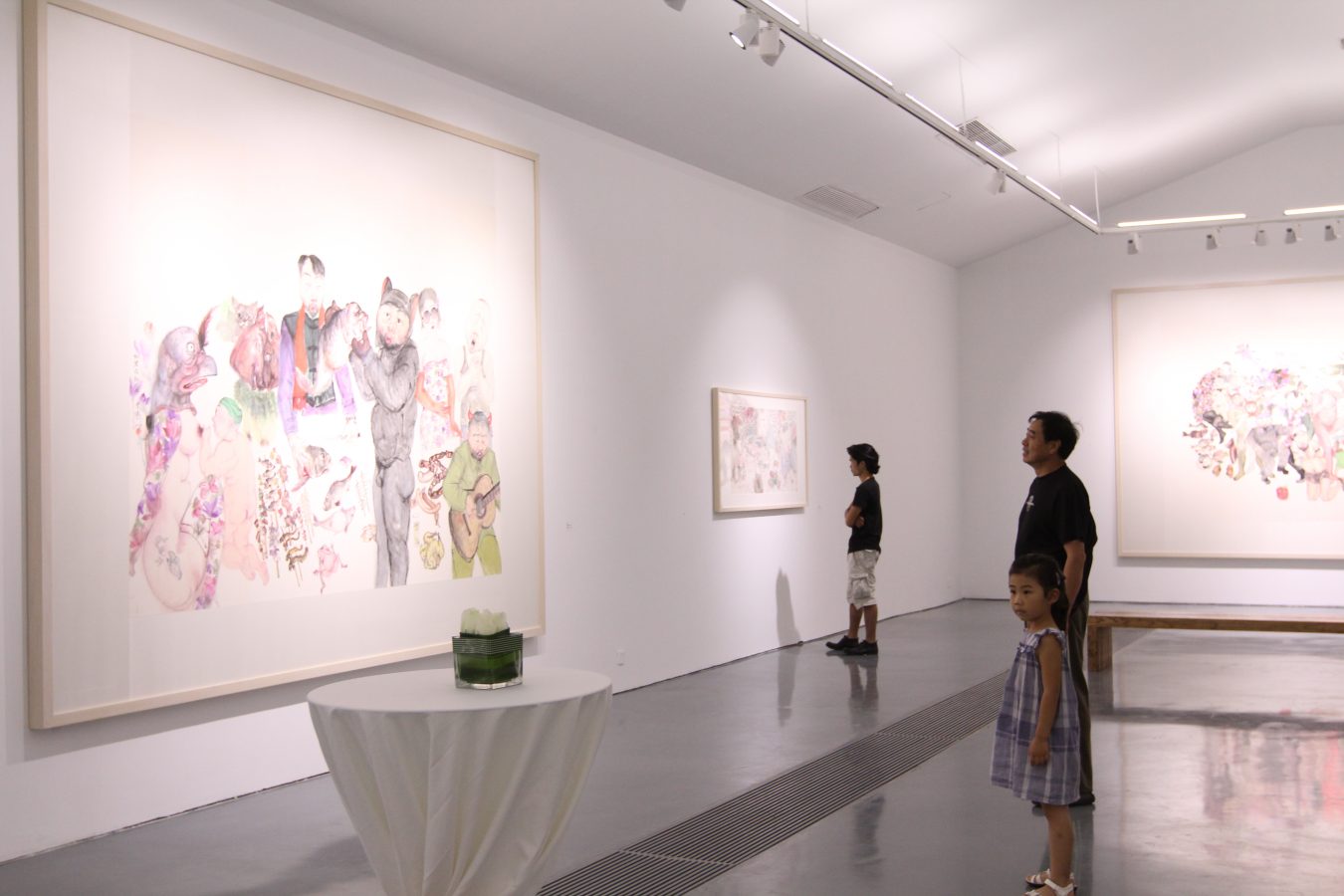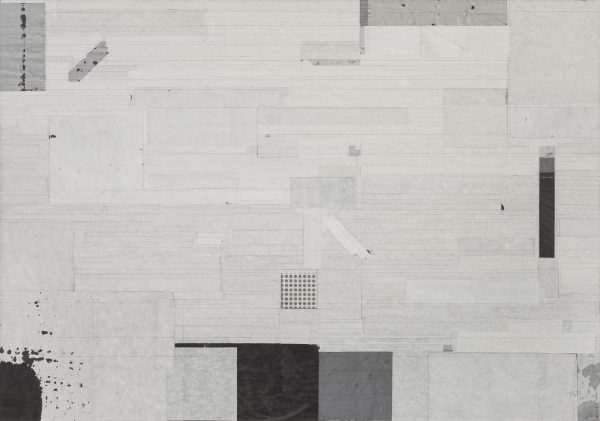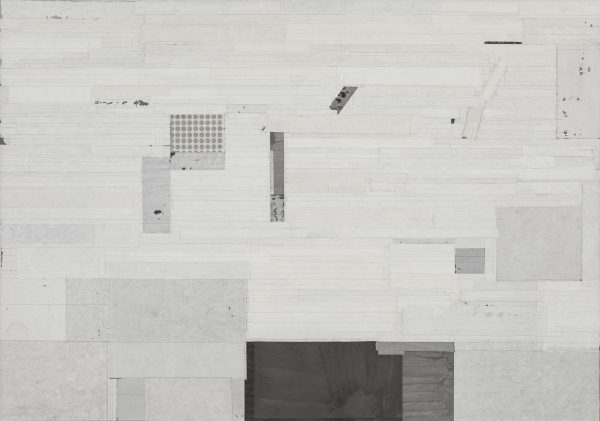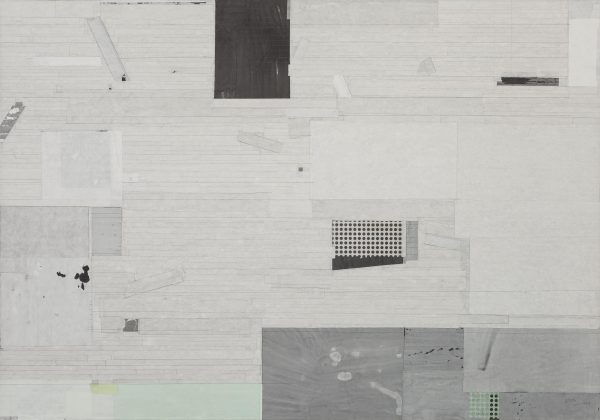As one of the major exhibitions on the agenda of Hive Center for Contemporary Art in 2013, “Illusion: Contemporary Chinese Ink and Wash Painting Exhibition I”, curated by Shen Kuiyi, a distinguished scholar, aims to give an overview of the exploratory figures in contemporary ink and wash painting and their works, introduce and study the aesthetic features that are taking form in this branch of art, and rediscover, re-evaluate and redefine its contemporary significance and academic value, so as to turn it into a new motive power in the global art scene.
When “ink and wash” first appeared as a Chinese concept in the last century, it was clearly and consciously distinguished from our tradition of “Chinese painting” and was connected with “modernization” and “globalization” at that time. It was of particular political and practical significance and necessity to China that was on its way to modernization after decades of separation from the world. Art evolves on the temporal coordinate, and any time depends on its horizontal and vertical position. During its evolution, however, art might be screened from the horizontal comparison and gets blocked or twisted in the vertical review. “Ink and wash”, therefore, was confronted with dual reference, challenge and pressure at the outset, but its discussion was basically within its own discourse system and the binary framework of “tradition” and “modernity”, “East” and “West”, “the concrete” and “the abstract”, “the national” and “the global”. As Chinese art gradually came onto the global stage in the 1990s, the horizontal index on the coordinate was gradually revealed, so Chinese contemporary art, as part of the plural culture, found that its cultural identity was becoming a focus and it had automatically participated in the
construction of Chinese cultural identity. In the synchronic spatial relation, cross-culture communication and influence also raised the question as to how to establish Chinese national and cultural identity in the plural global culture. Contemporary art in China is not a passive vehicle of expression or a text for reading only but a cultural and economic vehicle that actively participates in history and the formation of social identity. Like other art forms, contemporary ink and wash painting, after ridding itself of the constraints from art medium and pictorial genre, has become an important part of the conscious cultural construction.
“Illusion: Contemporary Chinese Ink and Wash Painting Exhibition I” will present a series of works by a number of artists in recent years. Born between the 1940s to the 1980s, some of these artists, pioneers in Chinese ink and wash painting, have participated in and experienced what ink and wash has undergone, and some are younger artists in these years who, in a fairly free contemporary context, reveal their world of perception, describe their own cultural understanding, express their concern for life, and show their exploration of the spiritual world. What these artists have in common is their
narration. Without exception, they all translate their memory and understanding, personal, social, cultural, as well as historical, into their paintings in an absurd, symbolic and illusionary way, like in a dream that covers everything. In the social reality that changes rapidly, helplessness, confusion, disorientation, perplexity and doubt, become quite necessary experience in modern life and these artists can share them with us when constructing their own cultural identity in contemporary culture and art.
While questioning, reviewing and discussing the social reality, contemporary Chinese ink and wash, as other branches of contemporary art do, will undoubtedly keep improving to re-establishing itself. To some extent, it has every potential to become a motive power for global art in our contemporary era by offering its answer, insight and expectation in a Chinese way.




